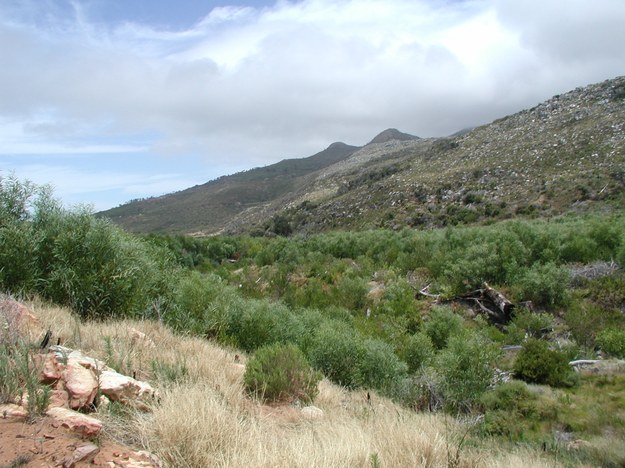So close, yet so far
The occupation and subsequent establishment of colonial territories by European empires led to the development of global trade and transport networks that accelerated the spread of alien species, whether animals, plants, or pathogens. Plants were cultivated in new areas, mainly for food production and to ensure survival, but also for aesthetic or nostalgic reasons. However, it is important not to overlook the large number of unintentionally introduced species in the form of seed admixture (weeds) and others. A further acceleration in the exchange of plant species between the Old and New Worlds occurred in the nineteenth and early twentieth centuries.
The scientists focused their research on Europe’s four largest colonial empires – the British, Portuguese, Spanish, and Dutch. For these powers, they reconstructed in detail the main movements of plant species around the world. They obtained information on the distribution of each plant species in areas from the Global Naturalized Alien Flora (= introduced plant that already reproduces itself in a new area without human input) database, GloNAF (Global Naturalized Alien Flora). They applied zeta diversity (a metric for measuring the similarity of species community composition that captures the proportion of rare and widespread species) and network analysis to quantitatively test their hypotheses.
 Acacia stands of various species are a major problem in Europe (Portugal, Italy, Greece) as well as in areas of South Africa, South America, and Australia. This is a group of species often introduced deliberately for afforestation (firewood), ornamental purposes, and soil stabilisation (against wind erosion). In non-native areas, they often alter fire regimes, overgrow open habitats, and alter groundwater availability for native species. Photo by Jan Pergl.
Acacia stands of various species are a major problem in Europe (Portugal, Italy, Greece) as well as in areas of South Africa, South America, and Australia. This is a group of species often introduced deliberately for afforestation (firewood), ornamental purposes, and soil stabilisation (against wind erosion). In non-native areas, they often alter fire regimes, overgrow open habitats, and alter groundwater availability for native species. Photo by Jan Pergl.
First, the researchers investigated whether the similarity of the flora of the former colonies depended on which European power occupied the territory. A second hypothesis was that the length of time in which a country had been under occupation, or its strategic role, also influences the similarity of the flora.
The analysis revealed that several centuries after the disintegration of European empires, it is still possible to detect significant imprints of colonialism in their regional flora. The flora of areas formerly occupied by a particular empire are more similar than one would expect due to the presence of alien species. Although climate or interaction with native species also played an important role, the similarity of the flora of colonial countries to that of empires increased in line with the length of time the region was occupied by a given power. Using network analysis, the latter hypothesis was also confirmed, indicating that it is possible to encounter a greater number of domesticated plants in regions that, historically, were of economic or strategic importance.
Thus, it transpires that even after a long period of several hundred years, it is possible to trace specific human movements that had an impact on the formation of the entire ecosystem. As the researchers indicate, these fascinating results may yet be refined. The significance and extent of historical and contemporary factors influencing the spread of alien plant species and the overall course of related processes could be unravelled by incorporating data on historical trade volumes or vessel visitation rates.
With the modern-day increase in globalisation and greater interconnectivity among regions and continents, the exchange of alien species is expected to increase steadily. The results of this study suggest that the spread of species today, which has a homogenising effect, will almost certainly be detectable far into the future.
Kateřina Fraindová
Document Actions